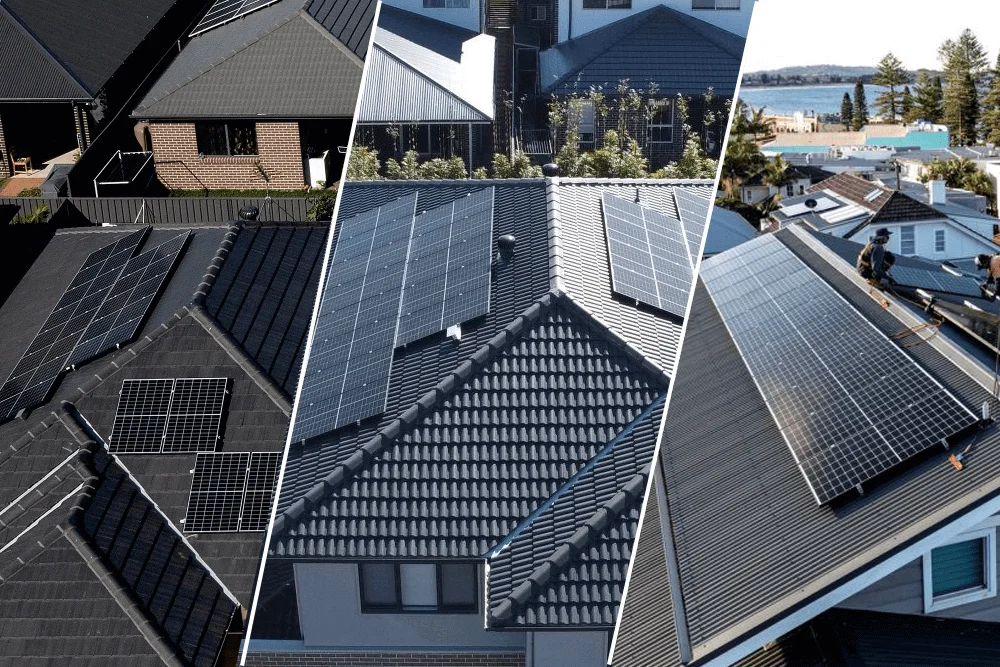Size and Output:
The main difference between these solar packages is their size and output. A 6.6 kW solar package typically consists of around 18 solar panels of 370 watts or 16 panels of 415 watts and can generate approximately 24-30 kWh of electricity per day, depending on location and weather conditions. A 9.9 kW package consists of around 27 panels of 370 watts and can generate around 35-45 kWh per day, while a 13.2 kW package consists of around 36 panels and can generate around 45-60 kWh per day.
Cost:
These solar packages will vary depending on factors such as the brand and type of panels and inverters used and installation costs. Generally, larger solar packages will have a higher upfront cost due to the greater number of panels and other equipment required. However, they may also have a higher return on investment over time due to their higher electricity generation capacity.
Suitability:
The size of the right solar package for you will depend on your energy needs and the size of your roof. A 6.6 kW package may be suitable for a small home with moderate energy usage, while a larger package, like a 13.2 kW may be more suitable for a larger home or a business with high energy demands. It's important to consider your energy needs and budget when deciding on the right solar package for you.
Maintenance and Lifespan:
Solar panels and other equipment in these packages should require minimal solar maintenance, with regular cleaning and occasional inspections being the main tasks. The lifespan of solar panels is typically around 25-30 years, while inverters may need to be replaced after around 10-15 years.
Government Incentives:
Solar packages may be eligible for government incentives, such as the Small-scale Renewable Energy Scheme in Australia, which provides financial incentives for the installation of solar panels and other renewable energy systems. It's worth checking what incentives may be available to help offset the cost of your solar package.
Conclusion
It's important to consider your energy needs, budget, and the size of your roof when deciding on the right solar package for you. A larger package may have a higher upfront cost, but it may also have a higher return on investment over time due to its higher electricity generation capacity.





